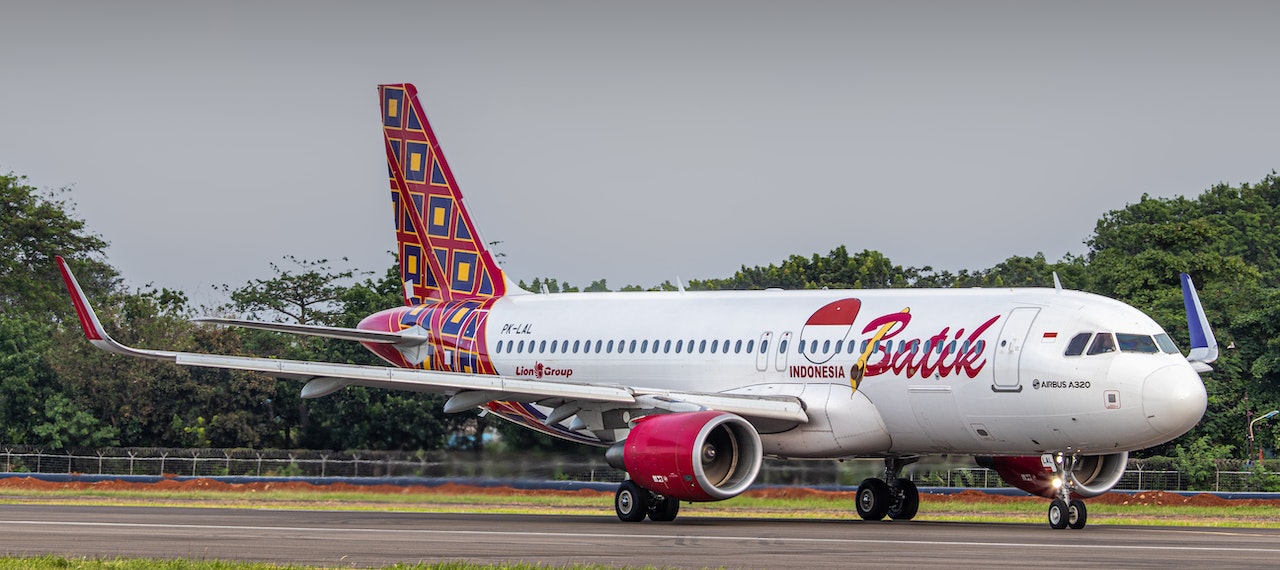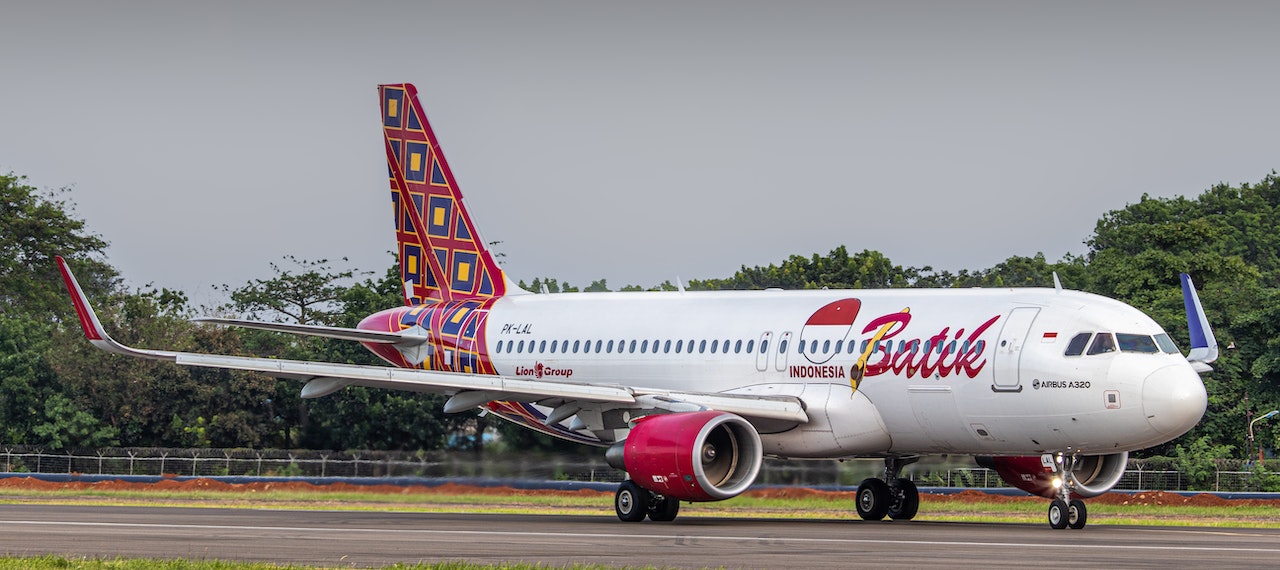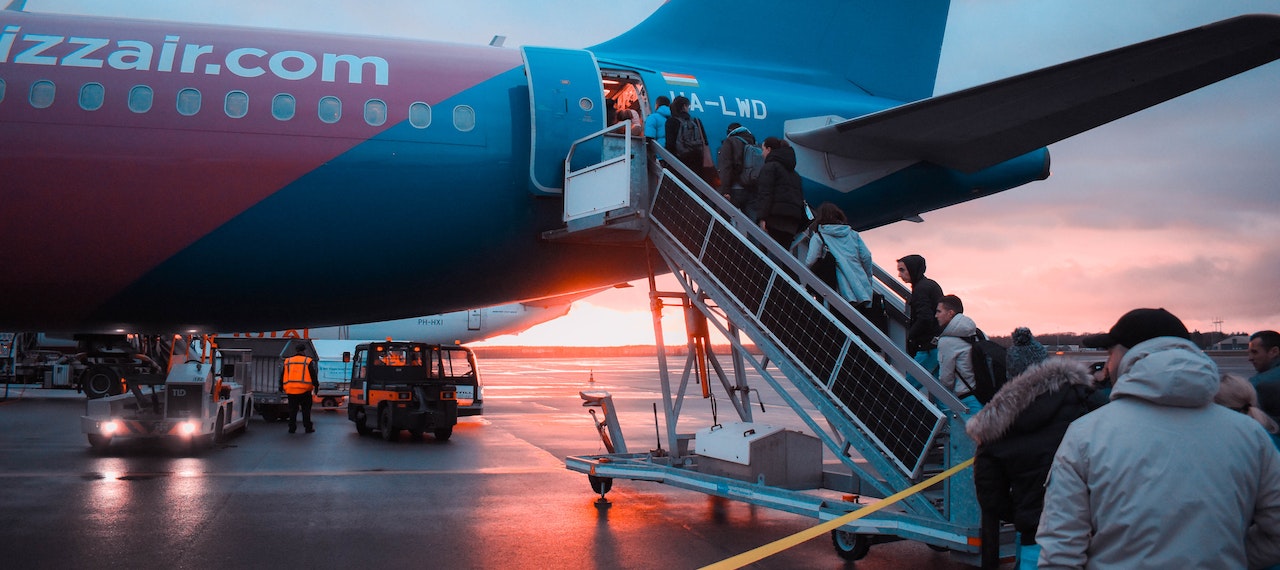As the travel industry constantly evolves, airlines continue to offer a variety of flight options to cater to the unique needs and preferences of passengers. Among these offerings are the so-called "red-eye flights." A red-eye flight is a flight that departs late at night and arrives early in the morning. While these flights have their advantages, they also come with a few downsides. Let's explore the pros and cons of red-eye flights.
The Pros of Red-Eye Flights
1. Less Crowded Airports and Flights
One of the key benefits of red-eye flights is the lighter crowds. Airports are usually less congested late at night, which often results in shorter security lines and less hassle navigating through the terminals. In some cases, the flights themselves may also be less packed, providing you with a more comfortable and relaxing flying experience.
2. Cheaper Fares
Airlines often price red-eye flights lower than flights during peak hours. If budget is a primary consideration for your travel, booking a red-eye flight can help you save money. It's a win-win situation for both airlines and passengers—airlines fill up their planes during off-peak hours, and passengers get cheaper fares.
3. More Time at Your Destination
Since red-eye flights arrive early in the morning, you get a full day at your destination. This can be particularly advantageous for business travelers who have meetings in the morning or tourists eager to maximize their sightseeing time.
4. Avoiding Traffic
Traveling to the airport for a late-night flight often means less traffic, both on the road and at the airport. This can reduce the stress of travel and provide a smoother start to your journey.
The Cons of Red-Eye Flights
While red-eye flights offer several benefits, they also have downsides that you should consider.
1. Disrupted Sleep
The main disadvantage of red-eye flights is the disruption to your sleep schedule. Not everyone can sleep comfortably on a plane, and even if you can, the quality of sleep you get is typically not as good as it would be in a bed. This can lead to arriving at your destination feeling tired and groggy, a condition often referred to as "red-eye flight syndrome."
2. Inconvenient Arrival Times
Although getting a full day at your destination sounds good, the early morning arrival might not always be convenient. If you're staying at a hotel, your room might not be ready for early check-in. Also, if you have a meeting, the lack of sleep might affect your performance.
3. Limited In-Flight Services
As red-eye flights are during the night, the services offered on the plane are often limited. For example, meal service might be minimal or non-existent, and entertainment may be subdued to allow for a quiet cabin environment.
4. Potential for Delays
Late-night flights are often scheduled after a full day of operations, so if there are delays or cancellations earlier in the day, it can have a domino effect on the schedule of red-eye flights.
In conclusion, the pros and cons of red-eye flights boil down to personal preferences and needs. If saving money, avoiding crowds, and maximizing your time at your destination outweigh the potential lack of sleep and inconvenience, then red-eye flights might be the right choice for you. Understanding these trade-offs is crucial to making informed decisions for your travel plans.

.png)
.jpg)




.jpg)
